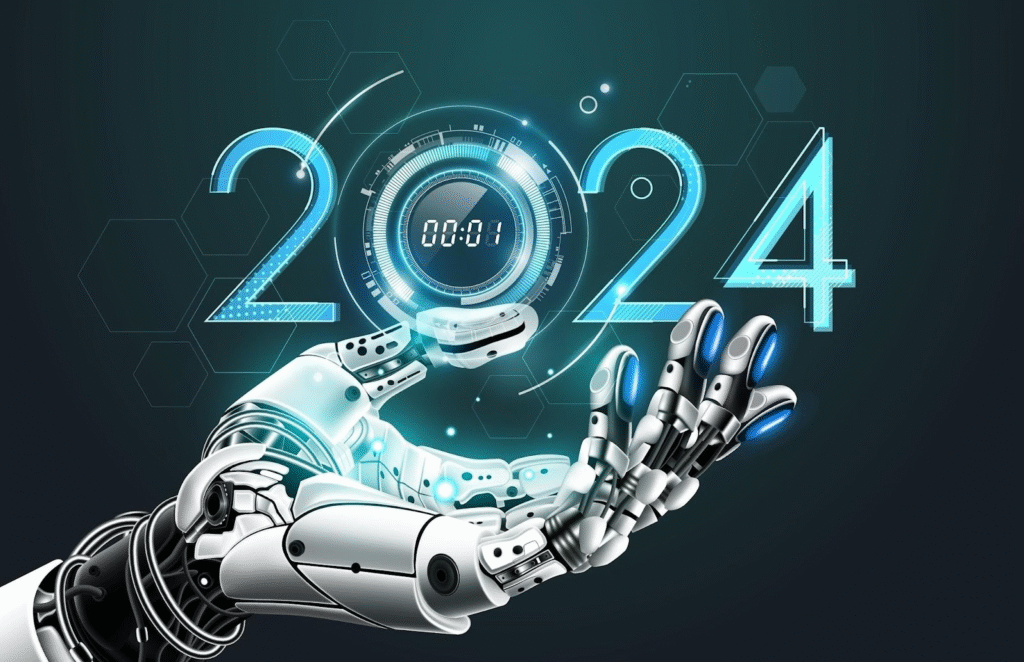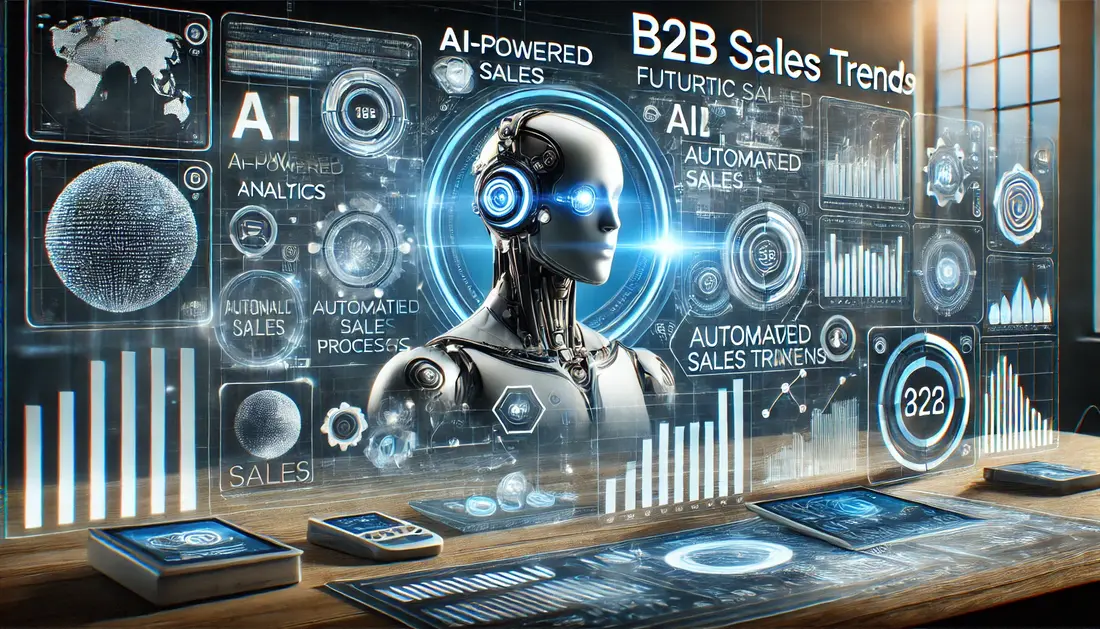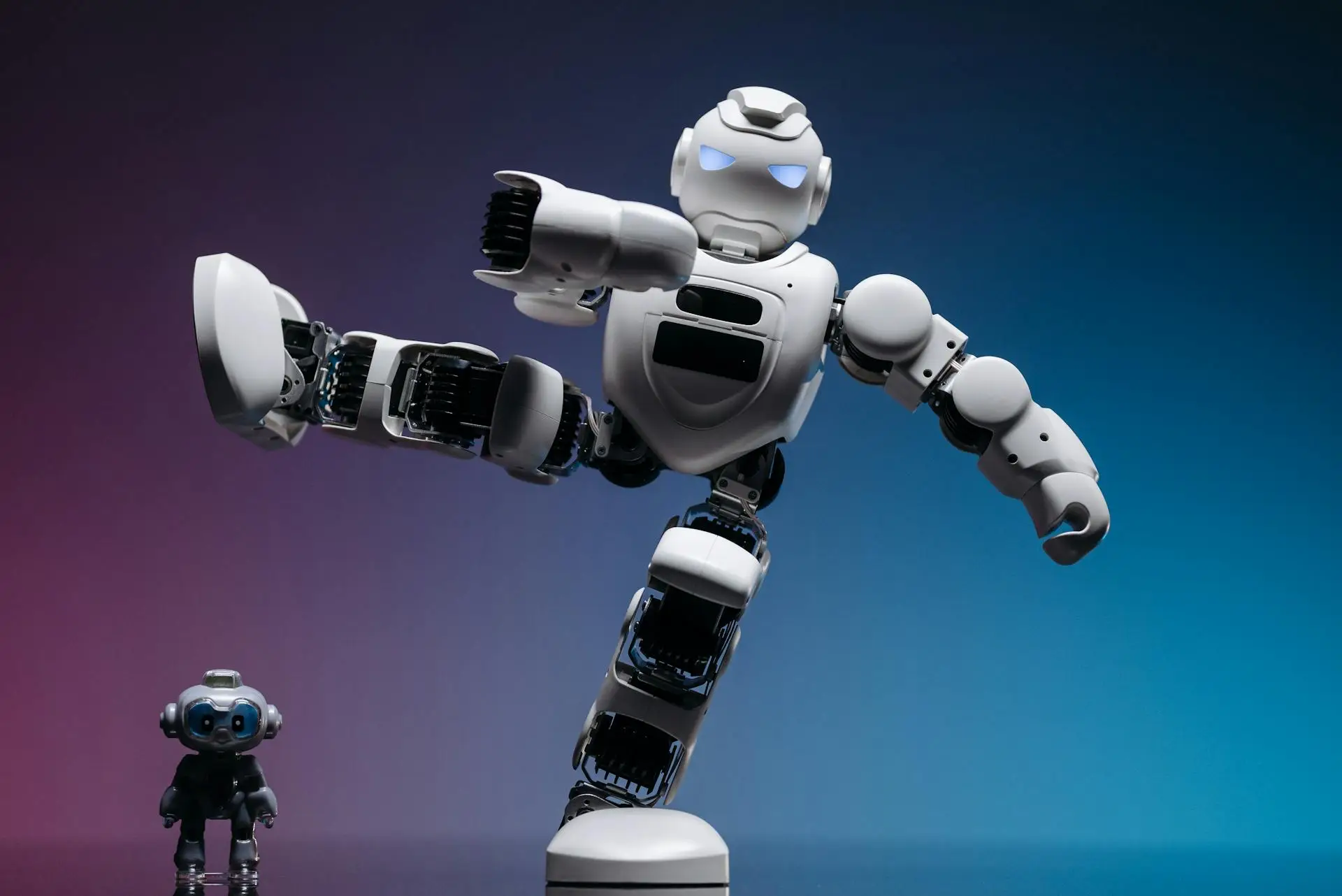Many Americans distrust emerging technology, new study finds
[ad_1]
For more than a century, popular science fiction has promised us a future filled with robotics and AI technologies. In 2022, many of those dreams are being realized — computers recognize us on sight and cars can drive themselves, we’re that multiply our strength and to augment our intelligence — but that doesn’t mean most of America trusts these breakthrough technologies any further than they can throw them. Quite the opposite, in fact.
sought the opinions of some 10,260 US adults in November 2021 regarding their views on six technologies emerging in the fields of robotics and artificial intelligence/machine learning. Specifically, canvassers asked about both more mainstream systems like the use of facial recognition technology by police, the fake news-flagging algorithms used by social media platforms, and autonomous vehicle technology, as well as more cutting-edge ideas like brain-computer interfaces, gene editing and powered exoskeletons. The responses largely topped out at tepid, with minorities of respondents having even heard much about a given technology and even fewer willing to become early adopters once these systems are available to the general public.
The Pew research team found a number of broad trends regarding which demographics were most accepting of these advances. College-educated white male Millennials and Gen Xers versed in the tech’s development were far more willing to ride in a driverless taxi or let Elon Musk rummage around in their heads. Women, Boomers, and folks hearing about BCIs for the first time, much less so. The Pew team also noted correlations between acceptance of a given technology and a person’s religious affinity and level of education.
Police Use of Facial Recognition
Computer vision systems and facial recognition technology is already widespread. Amazon uses it in its , Facebook uses it , the IRS recently, briefly, , and law enforcement has embraced the technology for criminal investigations and . The survey’s respondents largely believed that continued use in law enforcement would “likely help find missing persons and solve crimes,” but also conceded that “it is likely that police would use this technology to track everyone’s location and surveil Black and Hispanic communities more than others.”
In all, 46 percent of respondents thought widespread facial recognition use by the police would be a “good idea” for society, while 27 percent figured it would be bad and another 27 percent were unsure either way. Both Americans over 50 and those with a high school diploma or less agreed in equal measure (52 percent of respondents) that it would be a net positive, though the researchers note that people who “have heard or read a lot about the use of facial recognition technology by police” are far more likely to say it’s a bad idea.
Whether they think police using facial recognition is net good or bad for society, a majority of the respondents agree that even if the technology were to become ubiquitous, it would have little impact on crime rates. Some 57 percent of those surveyed guess that rates will remain steady while another 8 percent of them are rooting for the maniacs and figure crime will actually increase in response to adoption of this technology.
Social Media Moderation Algorithms
Lying is as fundamental a part of the internet as subnet masks – just ask any dog. But with 70 percent of the American populace online and on social media, the and can become massively amplified as they spread via recommendation algorithms, often blurring the lines between reality and . In an effort to prevent people from falling down internet rabbit holes, many social media companies have instituted additional AI systems to monitor and moderate misinformation posted to their platforms. And if you think the American people trust those algorithms, hoo boy, do I have some ivermectin to sell you.
Only 38 percent of those surveyed thought that using algorithms to monitor these digital hellscapes was a good idea for society. That’s 3 points lower than Trump’s average approval rating during his tenure. The remaining 62 percent of respondents were split evenly between ambivalence and thinking it would be bad for society. Overall, a majority believe that these automated moderation efforts “are not helping the social media information environment and at times might be worsening it,” per the report.
Unsurprisingly, opinions on this matter skew heavily depending on the respondent’s political affiliation. Majorities of both Democrats and Republicans agree that “political censorship and wrongful removal of information are definitely or probably happening as a result of the widespread use of these algorithms,” it is the latter group who are far more likely to say so.
Republicans and those leaning R were 28 percent more likely to believe in political censorship on the part of algorithms and 26 percent more likely to believe they were wrongly removing information.
Conversely, Democrats and D learners were twice as likely to “say it is getting easier to find trustworthy information on social media sites due to widespread use of algorithms” and those that hold that opinion are 19 percent more likely than Republicans to believe that algorithms are “allowing people to have more meaningful conversations.”
As with facial recognition, the amount of experience one has with the technology impacts their views on it, leaning negative among those with the most exposure and around half of respondents thinking algorithms a bad idea.
Autonomous Vehicles
Perhaps the most visible technology that the Pew team inquired about is vehicle automation. We’re already seeing cruise while advanced driver assist systems rapidly evolve, despite the . The Pew team asked people, “How will this impact people who drive for a living? Are Americans willing to give up control to a machine? And whose safety should be prioritized in a potential life-or-death situation?” The people responded, “Bad, no, and pedestrians, but if we really have to.”
Respondents thought that the widespread use of driverless passenger vehicles is a bad idea for society by an 18-point margin (44 percent bad to 26 percent good), with nearly a third of people unsure. What’s more, the number of people unwilling to even ride in a fully autonomous vehicle is nearly double those who would take the ride (63 percent no to 37 percent yes). Older Americans are far less likely to get behind the wheel of an autonomous vehicle than those under 50, with only 25 percent of 50-plus-year-olds open to the idea compared to 47 percent of younger respondents. Men are more willing to ride in a driverless car than women — 46 percent versus 27 percent — as are people with a bachelor’s degree or higher compared to high school graduates.
Americans’ reticence extends to the other side of the door as well. Forty-five percent of the Pew’s respondents, “say they would not feel comfortable sharing the road with driverless vehicles if use of them became widespread,” including 18 percent who would “not feel comfortable at all.” Only 7 percent said they would be “extremely comfortable” sharing the road.
That’s not to say that Americans are completely against the idea of self-driving vehicles. A whopping 72 percent of people surveyed said that autonomous cars would help the elderly and disabled to live more independent lives while 56 percent figure it will make trips less stressful. But they are widely concerned (as in, 83 percent of them) that widespread adoption of the tech would cause drivers and delivery personnel to lose their jobs and 76 percent think the technology will put vehicles at risk of being hacked.
In terms of safety, 39 percent of people think that traffic deaths and injuries will fall once autonomous vehicles become ubiquitous while 27 percent think they’ll rise. Regardless of which direction folks think these trends will go, they agree at a rate of more than 2 to 1 (40 percent to 18) that “the computer system guiding the driverless car should prioritize the safety of the vehicle’s passengers, rather than those outside of the vehicle” in the event of an unavoidable crash. Turns out the trolley problem wasn’t that tough to solve after all.
Pew’s other three topics — BCIs, gene editing and exoskeletons — are not nearly as commercially available as ADA systems and facial recognition, but that hasn’t stopped Americans from inherently distrusting them even if they’re also kind of intrigued by the possibility.
Two-thirds of respondents would be “at least somewhat excited about the possibility of changing human capabilities to prevent serious diseases or health conditions” including 47 percent excited for cognitive enhancements, 24 percent on board for auditory enhancement, 44 percent in favor of strength augmentations and 41 percent apiece for visual and longevity enhancements. But only half of those surveyed would want these procedures done for themselves or their children.
How these technologies are employed makes a big difference in people’s opinion of them. For example, 79 percent of respondents are in favor of exoskeletons, so long as they are used to help the physically disabled, 77 percent want BCIs if they’ll help paralyzed people motor function and 71 percent are cool with gene editing to fix a person’s current disease or health condition. But at the same time, 74 percent are against using CRISPR to make more attractive babies and 49 percent are against giving exoskeletons to recreational users.
Brain Computer Interfaces
The days of Johnny Mnemonic are never going to arrive if the study’s average respondent has their way. Fifty-six percent of US adults think the widespread adoption of BCIs will be a bad thing for society (compared to just 13 percent dissenting). Seventy-eight percent are against having one installed, versus 20 percent actively in favor, and yet roughly 60 percent of them say that “people would feel pressure” to get a BCI “should implanted devices of this sort become widespread.”
Men, ever the eager guinea pigs, are far more open to getting chipped than women (20 percent to 6), though at least half of both genders (50 percent of men and 61 percent of women) possess sufficient survival instincts to decline the opportunity. However, people were more receptive to the idea if the option to manually turn the implant on and off (59 percent in favor) were included or if implantation didn’t require surgery (53 percent in favor).
What’s more, only 24 percent of US adults believe that this augmentation would lead to improvements in judgment and decision-making compared to 42 percent who do not. Seventy percent also believe that such implants “would go too far in eliminating natural differences between people.“
Editing gene to fight preventable disease
Just like many people think brain implants are cool but not for them personally, nearly half of Americans (49 percent) would decline to have their child’s genome edited to prevent hereditary diseases. Fifty-two percent believe that such edits would be “crossing a line we should not cross” compared to 46 percent who say it is inline with previous efforts at augmenting human capabilities.
While only 39 percent of Americans foresee a future where gene editing is common making people’s lives better (versus 40 percent for no change and 18 percent for worse), some 73 percent believe “most parents would feel pressure to get gene editing for their baby if such techniques became widespread.” More than half say these genomic procedures should be restricted to adults who can give consent, though 49 percent say that allowing people to choose which disease is treated would be more acceptable.
Robotic exoskeletons to augment physical capabilities
Even if we’re not poking electrical leads into your various motor cortices or using atomic shears to play Tetris with your chromosomes, Americans just aren’t into using tech to endow humans with heightened capabilities. Only a third of people think the adoption of exoskeletons like the would lead to better working conditions while 31 percent of those surveyed thought it would make matters worse. Overall, just 33 percent of people think these systems would be good for society, while nearly a quarter (24 percent) think it will be bad. That said, 57 percent of people also told Pew that they’d heard nothing about exoskeletons with which to inform their opinions compared to 37 percent having heard “a little” and 6 percent “a lot.”
Estimates of the technology rose with familiarity with 48 percent of those having heard even a little responding that it would be good for society compared to 22 percent from those who’d heard nothing. Men took a moment from fantasizing about the P-5000 to answer in the affirmative at a rate of more than 2 to 1 (46 percent to 19) that exoskeletons are good and cool and how do I get one. Women, meanwhile, believe their widespread adoption would be a detriment to society by a margin of 29 percent to 21.
Respondents were largely concerned with the economic impacts this technology would have on the labor market. Eighty-one percent of Americans fear it would prompt employers to lay off human workers, while 73 percent are worried that “workers would probably or definitely lose strength from relying too much on the exoskeletons.”
Still, the respondents did often see the potential benefits of employing exoskeletons in the workplace. Approximately 70 percent said workers would “probably or definitely” be hurt less on the job and 65 percent believe that the tech will open the field of manual labor to people who otherwise wouldn’t be physically capable of doing the work. Respondents were also broadly in favor (68 percent) of requiring a license to operate these devices, using them to assist people with physical limitations (79 percent). Those surveyed were also strongly in favor (77 percent) of letting firefighters use the tech to boost their abilities in emergencies.
[ad_2]
Source link







